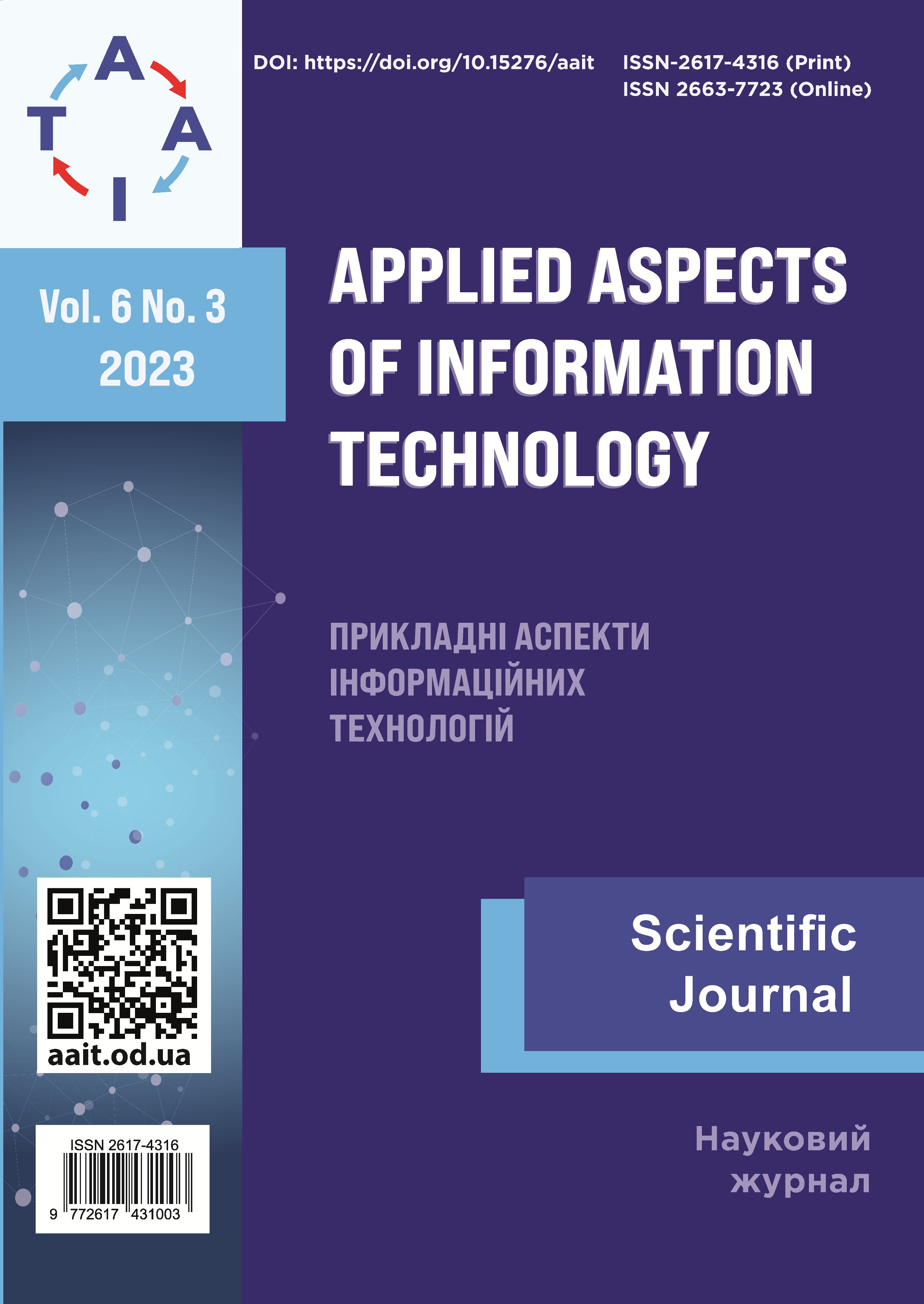An electric arc information model
Main Article Content
Abstract
The synthesis of mathematical models is an inalienable part of information technology. It allows for the analysis, prediction, and optimization of various systems and processes. A crucial component of this process is the selection of the correct mathematical approach and the validation of the model's adequacy. The proposed article is a component of the development of the visual-block modeling method, particularly for enhancing its library. As the library grows, the boundaries of applying the visual-block modeling method are expanded. The work's materials address the construction and use of a mathematical model of an electric arc using visual modeling tools. The proposed mathematical model has significantly higher efficiency compared to known models of the electric arc that adequately describes the electro-physical process in the electric arc. This allows for a reduction in modeling time for complex electro-technical systems, which include the processes of arc formation and reigniting. The presented model encompasses the description of two processes: electrodynamics and thermodynamic ones. The voltage and current for resignations are calculated automatically. The adequacy of the proposed model has been verified by comparing it with experimental data. Additionally, the adequacy of the proposed model is confirmed through the analysis of dynamic volt-ampere characteristics for various frequencies of the power source voltage. The developed mathematical model is formatted as an element of the visual-block modeling library. This allows for the direct use of the proposed model for synthesizing models of complex electro-technical systems, including the electric arc, thus expanding the boundaries of applying the visual-block modeling method.



